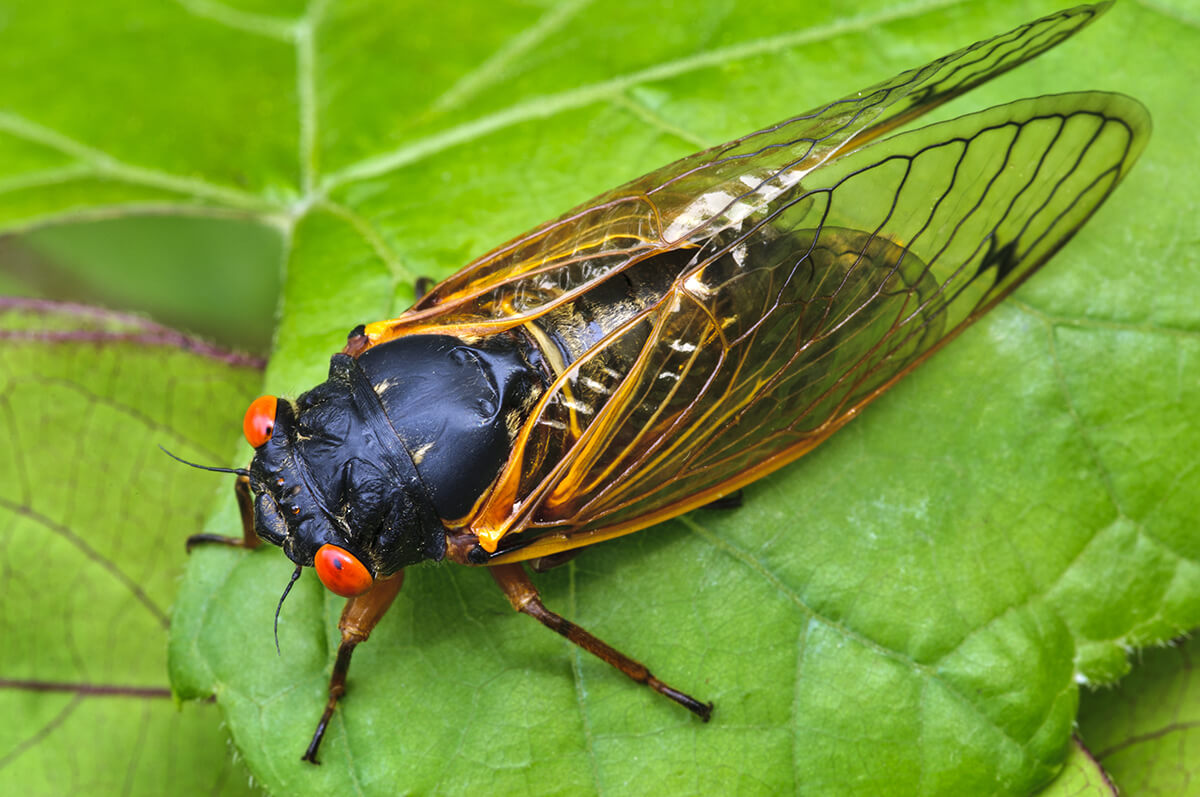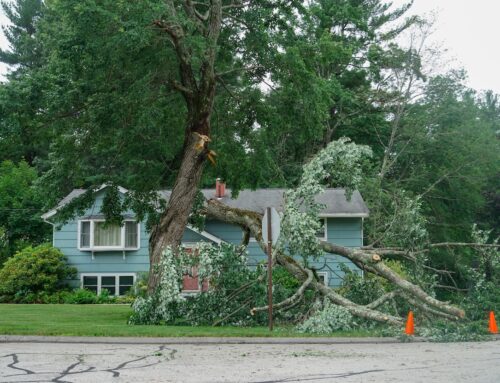In the coming weeks, trillions of cicadas will emerge from the ground and make themselves at home around Illinois. For the first time since 1803, two cicada broods will surface simultaneously. Central Illinois will be in the center of it, but with some preparation, you can handle their arrival. This guide will delve into everything you need to know about the impending cicada outbreak.
THE 2024 BROODS
There are 190 different species of cicadas in North America, some of which come out every summer, while others stay underground for many years. 2024 will mark the emergence of two periodical broods. This rare “double brood” event only happens once every two hundred years.

Brood XIII
- Known as the Northern Illinois Brood
- 17-year periodical brood
- Last seen in 2007
Brood XIX
- Known as the Great Southern Brood
- 13-year periodical brood
- Last seen in 2011
THE CICADA LIFECYCLE
Female cicadas lay their eggs in tree branches. When the eggs hatch, the young cicadas, known as nymphs, fall to the ground and burrow into the soil. Underground, nymphs spend several years feeding on sap from tree roots and molting as they grow.
Once fully developed, cicadas instinctually emerge from the ground as adults and shed their exoskeletons. This emergence typically occurs in synchronized mass events known as “broods.”
Above ground, they mate and lay eggs, producing the next generation of cicadas before completing their life cycle. After four to six weeks, the adult cicadas perish. Their bodies decompose, providing a natural source of fertilizer that enriches the soil, leaving behind their offspring to restart the cycle.

Why They’re Important
Cicadas help keep trees healthy by feeding on tree roots when they are young. When they become adults, they become food for many animals. After they die, their bodies break down and provide nutrients to the soil, which helps plants grow better. So, even though they only live for a short time, cicadas play a significant role in keeping forests healthy.
What to Expect
There will be a massive emergence of cicadas sometime between mid-May and early June. However, it may start as early as late April. The air will be filled with distinct buzzing and chirping. These are the calls of male cicadas as they compete for the attention of potential mates.
While the number of cicadas may seem overwhelming, it’s essential to remember that these insects pose no threat to humans or pets. According to the Morton Arboretum, they do not eat plants and will not harm flowers or vegetable gardens. However, there is potential for damage to young and vulnerable trees and shrubs.
Following mating, female cicadas deposit their eggs with small incisions in slender twigs. While this activity typically doesn’t harm healthy, mature trees, it can pose a risk to small or recently planted trees with twig-sized branches. These incisions can result in lasting damage.
Adult cicadas may also feed on the sap from the stems and branches of trees. They use their piercing mouthparts to access the sap, which is their primary nutrition source throughout their lifecycle.
High-Risk Plants and Trees
Cicadas typically target a wide range of trees and plants for egg-laying but prefer certain species. Plants and trees at risk for cicada damage include:
Preparation Tips

Preparing for the arrival of trillions of cicadas may seem daunting, but there are straightforward steps you can take to ease the process. While the sheer number of cicadas may be overwhelming, it’s important to remember they pose no harm to people or pets. Thankfully, their presence is only temporary. They’ll only be around for a few weeks before their offspring disappear below ground. Ultimately, cicadas play a significant role in the ecosystem as their bodies decompose into natural fertilizer for lawns and gardens.





